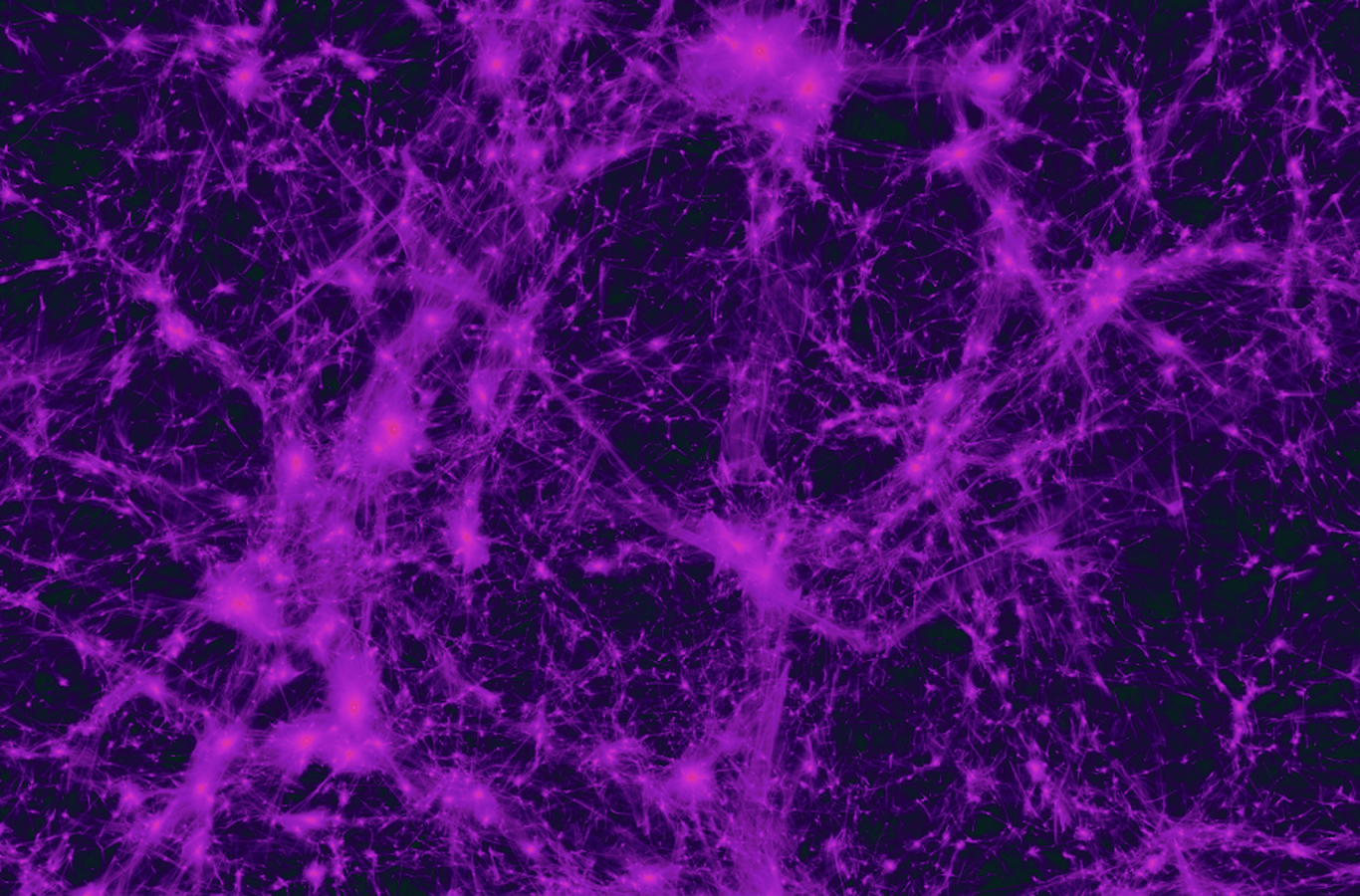Overview
Star formation proceeds in our Galaxy in a way that is not so easily understood. Giant molecular clouds (GMCs) outweigh the most massive star clusters by orders of magnitude - star formation is inefficient. The mass spectrum of young stars - the IMF - exhibits a remarkable degree of regularity, across a wide range of conditions. Both facts suggest a certain degree of self-regulation. Indeed, both observations can be understood within the same paradigm: the competition of stellar feedback versus gravity.
GMCs are inherently 3-dimensional and highly substructured, so analytic approaches are limited and high-resolution, multi-physics numerical hydrodynamics simulations have proven to be the decisive laboratory for studying the self-regulation of star formation. I will review how numerical GMC simulations have progressed over the past decade from very simplistic setups to a much more realistic, physically-complete model with all feedback processes acting in concert: STARFORGE. This new generation of star formation models is able to account for the key hallmarks of star formation in our Galaxy, and this emboldens us to use them as an interpretive tool for observations, and make some interesting predictions for stellar populations in more exotic environments.
